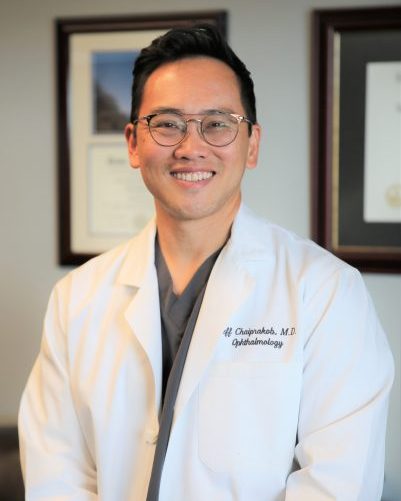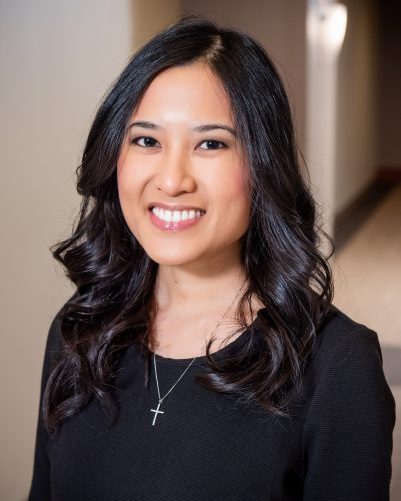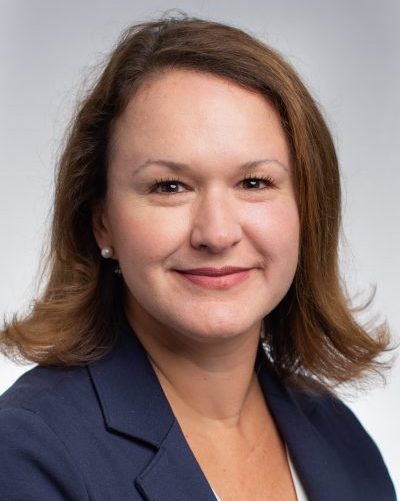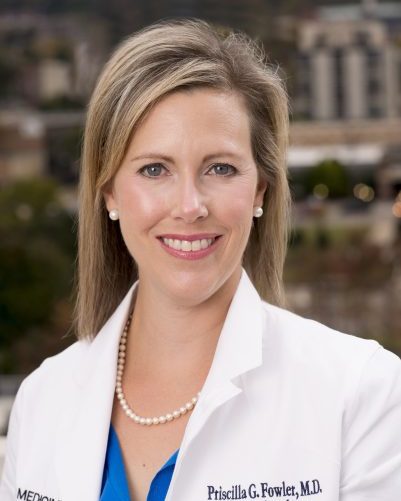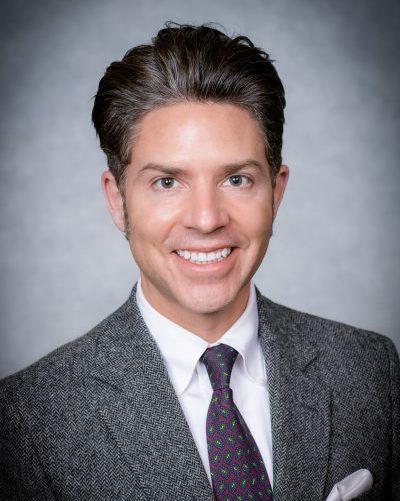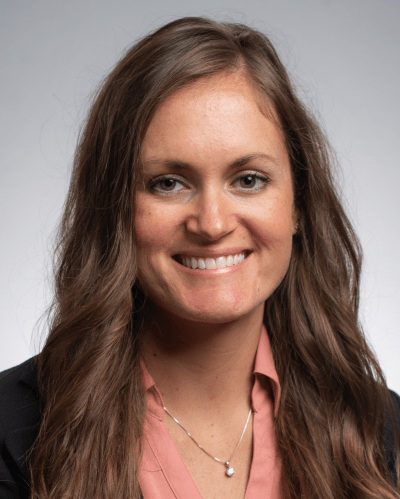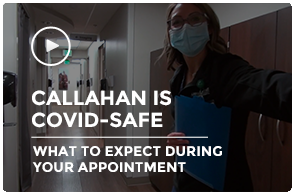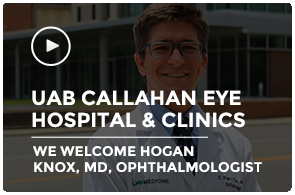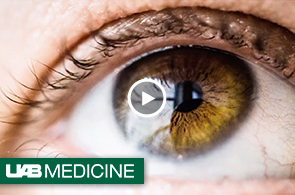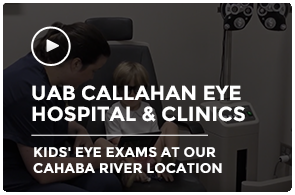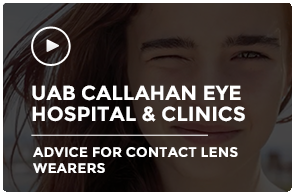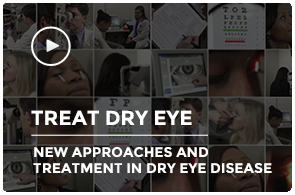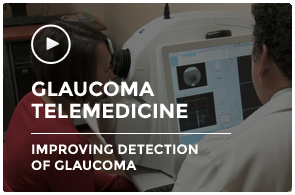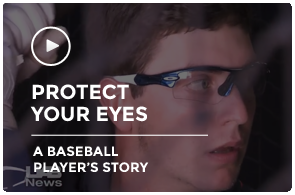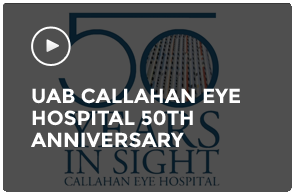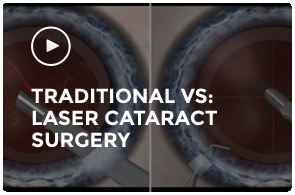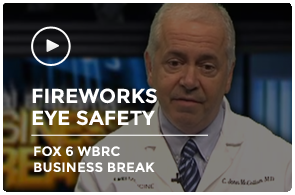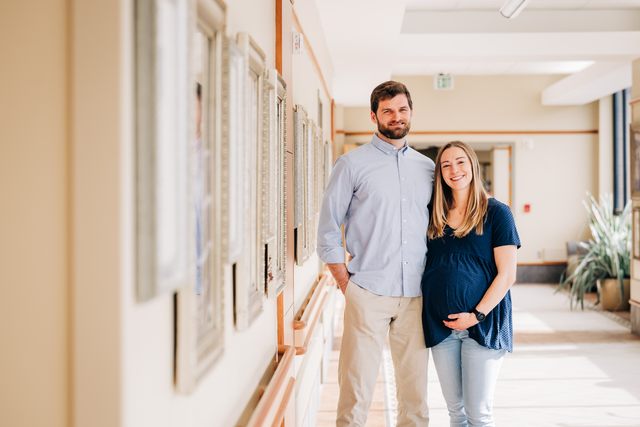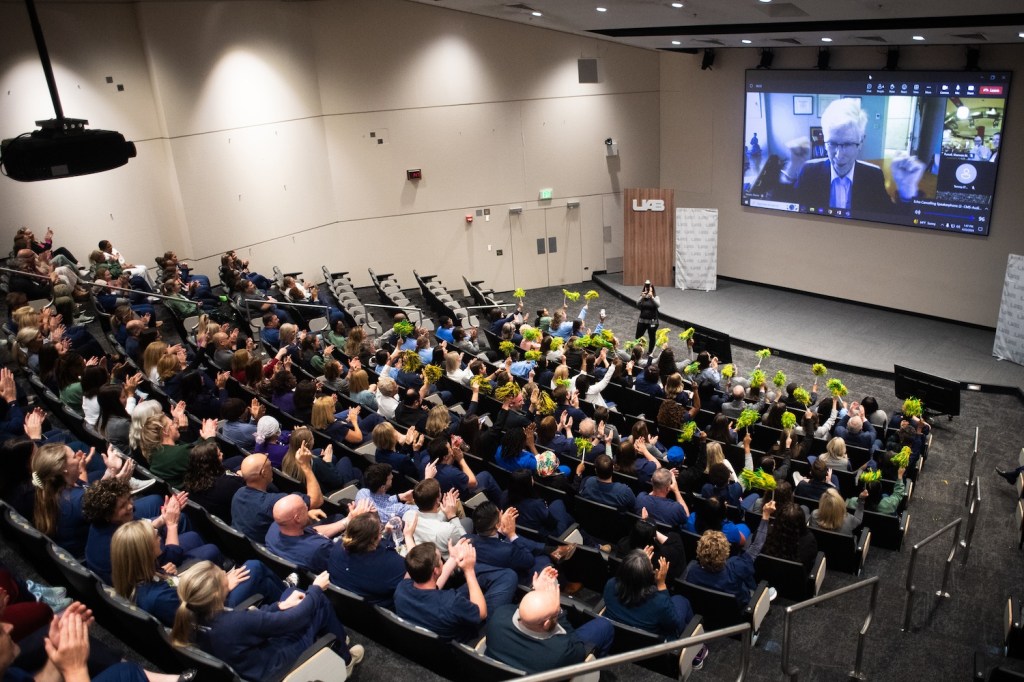Treatment
Many factors contribute to dry eye, so it is important to undergo a thorough medical evaluation to determine the precise nature of your disease and pinpoint contributing factors. Specialized imaging and diagnostic testing can determine which type of dry eye disease is present, allowing for more effective treatment plans. Obtaining relief from dry eye may require a combination of various types treatments.
Over-the-counter medications: Artificial tears and lubricants to act as tear replacement. Omega 3 fatty acid supplements are also often recommended.
Prescription medications: Topical anti-inflammatory eye drops, autologous serum tears, topical and oral antibiotics.
Punctal Plugs: Tear drains in the eyelids are plugged using non-permanent plugs made of a silicone material to help tears stay in your eye longer. This procedure is not recommended for dry eye cases caused by inflammation.
Punctal cautery: Permanent surgical closure of the tear drains may be recommended when temporary plugs are not working.
Prokera: Amniotic membrane is a biologic tissue with strong anti-inflammatory and healing properties that can be placed on the eye like a bandage to heal the surface of the eye. This treatment is only used in severe forms of dry eye that cause corneal defects such as erosions and filamentary keratitis.
Scleral contact lenses: Specialized contact lenses that bathe the surface of the eye in fluid to keep it lubricated while also correcting vision.
Lipiflow thermal pulsation therapy: The goal of this treatment is to improve the health of the meibomian glands to restore gland function and increase oil production. It is aimed at “resetting” glands in order to prevent the damage that leads to reduced gland function. The treatment consists of placing an eyepiece underneath the lids that warms and gently massages them, prompting the lids to empty the glands of unhealthy secretions. Relief from dry eye symptoms usually occurs at 4-6 weeks. Depending on the severity of the patient’s disease, some patients require additional treatments to maintain the effect. Thermal pulsation therapy can be repeated every 9-24 months. This treatment normally is not covered by insurance.
Tests
A comprehensive eye exam will determine the precise nature of your dry eye so that your doctor can prescribe the appropriate therapy. The following tests may be performed:
Medical history: A doctor will thoroughly review your medical history, including any medications you take.
Visual acuity: This test, which determines how well you can read letters on a standard eye chart, includes a refraction to determine if you need eyeglasses to achieve your best vision.
Tear osmolarity: A small sample of tears will be taken to determine the concentration of your tears. This test is an indicator of the severity of dry eye and the stability of the tear film.
Inflammadry: A small sample of your tears will allow the detection of any inflammation. Inflammation caused by dry eye has been shown to cause damage to the ocular surface.
Schirmer testing: Small paper strips placed on your outer lower eyelids will collect baseline tears and determine the aqueous component of your tears.
Lipiview: By viewing digital images of your meibomian glands, the doctor can examine the structure of the glands to determine if you have meibomian gland dysfunction (MGD). Images of your tear film allow for measurement of the oily layer of the tears. Video analysis of your blinking pattern will assess the quality of your blink and how it contributes to your tear film.
Intraocular pressure: This test helps determine your risk for glaucoma.
Slit lamp exam: The doctor examines your eyes under the microscope to evaluate your eyelids, tear film, and the surface of your eye.
Vital stains: Special stains are placed on the eye to determine if the eye’s surface cells are damaged due to dry eye.
Tear break-up time: The tear film will be evaluated to determine the amount of oil present, based on how quickly the tears break up upon blinking.
Expression of the meibomian glands: Gentle pressure along the eyelid margin will be used to observe the quality of the meibomian gland secretions.
Dilated exam: Dilating drops are placed in the eye to enable the doctor to see structures in the back of the eye.
The specialists at UAB Callahan Eye use the most advanced technology and are known for working together to treat the full range of both common and complex corneal problems. From cataract and corneal surgeries to highly specialized contact lenses, Callahan features the expertise, experience, and cutting-edge equipment needed to treat the most challenging corneal conditions. Patients come here from around the world and nation because we don’t just treat eye disease – we empower patients to take control of their eye health.
Callahan is the only full-service facility in Alabama specializing in the diagnosis and treatment of the eye and one of only a few worldwide that is entirely devoted to advancements in ophthalmology. That reputation is supported by 16 operating rooms dedicated to eye surgery and a 24/7 eye emergency room that is the region’s only Level I Ocular Trauma Center. More than 15,000 surgeries are performed at UAB Callahan Eye each year, and we conduct more reconstructive eye procedures than any other facility in the world.
Our facility is home to more than two dozen ophthalmologists, many of whom are named among the top doctors in their fields nationally. Callahan is widely recognized for excellence in patient care, having consistently earned prestigious awards from health care consulting group Press Ganey, and in 2017 Callahan was named as one of the “100 Great Places to Work in Healthcare” by Becker’s Hospital Review.
Callahan also is known for pioneering developments in surgical instruments, devices, and procedures used by ophthalmologists across the globe. As part of the UAB Medicine academic medical center, Callahan is actively involved in ongoing research and clinical trials. Many of our ophthalmologists have received funding from prestigious research organizations and institutions and collaborate in clinical care to bring the latest in scientific discovery to our patients.
Care Providers
Videos
Resources
Clinical Trials
Speak to your physician about your options and browse the link below for more information
Latest News
View All News-
Eclipses 101: Ways to stay safe and enjoy
October 10, 2023
-
Keep your eyes, skin, muscles and joints injury-free this spring with these yardwork safety tips
April 12, 2023
-
UAB Callahan Eye opens new clinic in Homewood
February 1, 2023
-
ER, urgent care or your doctor? What experts really want you to know
September 16, 2022
-
UAB Callahan Eye opens new clinic in Tuscaloosa
August 29, 2022

